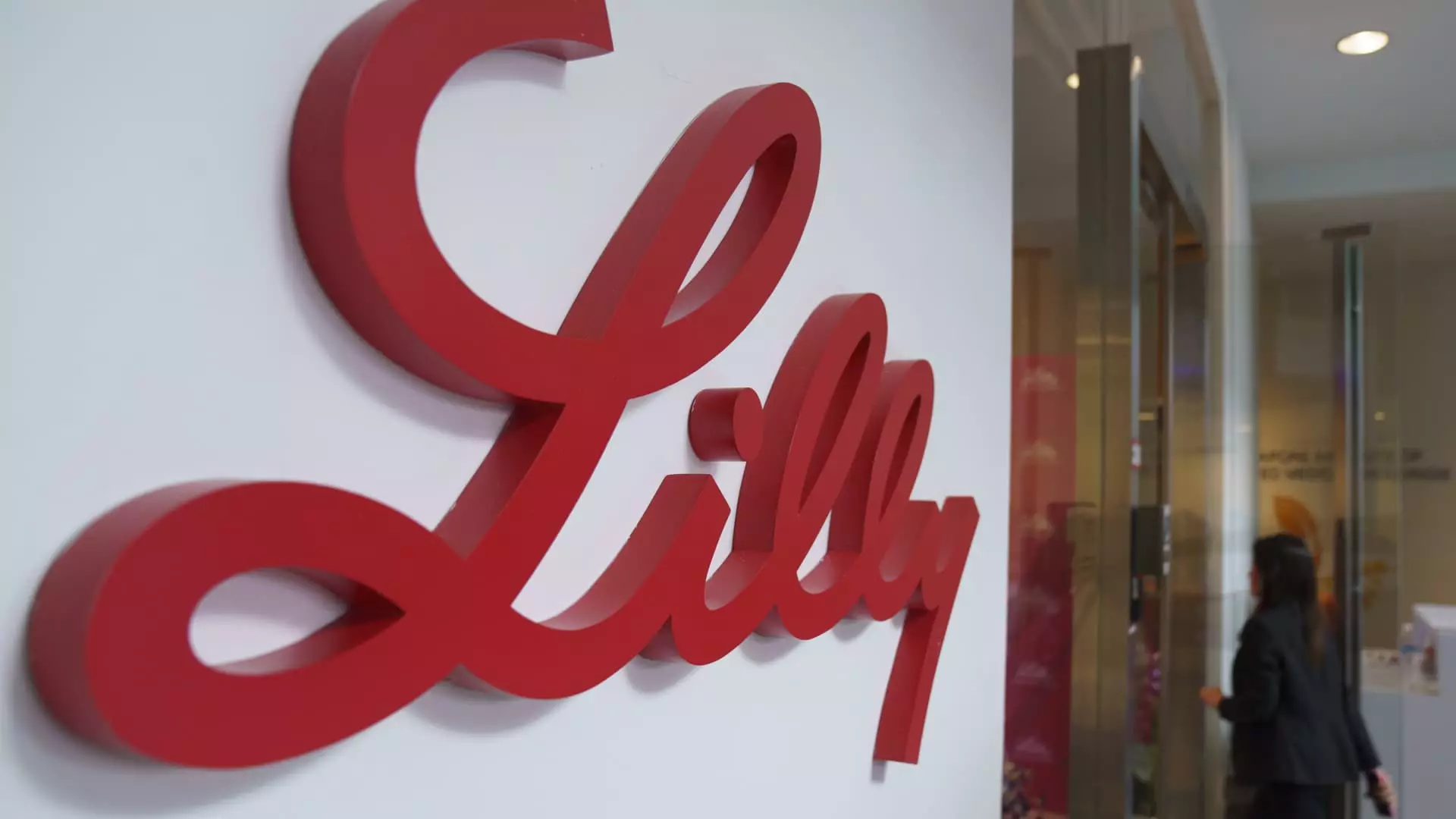Eli Lilly, a prominent player in the pharmaceutical industry, recently adjusted its revenue projections, signaling a need for recalibration amidst fluctuating market demands. This modification, which led to a notable decline in the company’s stock value, indicates that even established companies are not immune to the uncertainties of the market. The drug manufacturer now anticipates a total revenue of approximately $45 billion for the full year of 2024, down from its earlier expectations of $45.4 billion to $46 billion. This shift, however, still represents a substantial 32% increase over the previous year, reflecting growth despite current challenges.
The revised forecasts stem from Eli Lilly’s recognition that the demand for its much-acclaimed diabetes treatment, Mounjaro, and obesity medication, Zepbound, is not amplifying as anticipated. This acknowledgment is crucial, particularly in the context of the evolving competitive landscape within the diabetes and weight-loss pharmaceutical market. New offerings from rivals, primarily Novo Nordisk, exemplify the intensifying fight for market share in this lucrative sector. Eli Lilly has scrambled to enhance its manufacturing capabilities, investing heavily in the production of its incretin drugs to meet escalating consumer needs. The recent declaration by the Food and Drug Administration (FDA) affirming the resolution of the tirzepatide shortage has provided temporary respite but highlights the ongoing complexities in supply and demand.
Future Growth Prospects
Despite the outlined challenges, Eli Lilly remains optimistic about its long-term growth trajectory. CEO Dave Ricks emphasized the company’s commitment to scaling up manufacturing output, projecting a 60% increase in available doses of its incretin drugs in the first half of 2024. Moreover, with expectations of generating around $13.5 billion in revenue during the fourth quarter—inclusive of $3.5 billion from Mounjaro and $1.9 billion from Zepbound—the company shows resilience, even if it falls short of Wall Street’s projections. This context underscores a broader narrative within the pharmaceutical industry, where innovation and adaptation are vital for sustainable growth.
Transitioning to oral formulations represents a promising avenue for Eli Lilly as it seeks to enhance accessibility and convenience for patients. The anticipated approval of an obesity pill, projected for early next year, could redefine patient engagement and bolster market presence. Ricks’ acknowledgment of slower-than-expected growth indicates a need for strategic adjustments and a reevaluation of market entry strategies to secure a competitive edge.
The challenges faced by Eli Lilly in light of its revised revenue outlook exemplify the dynamic nature of the pharmaceutical sector. As competition intensifies and market conditions evolve, the agility demonstrated by Eli Lilly will be critical in navigating these complexities. While the immediate outlook may seem cautious, the potential for robust growth remains, supported by strategic investments in innovation and manufacturing. The situation serves as a reminder that even industry leaders must continually adapt to ensure sustainable success amidst market fluctuations.

